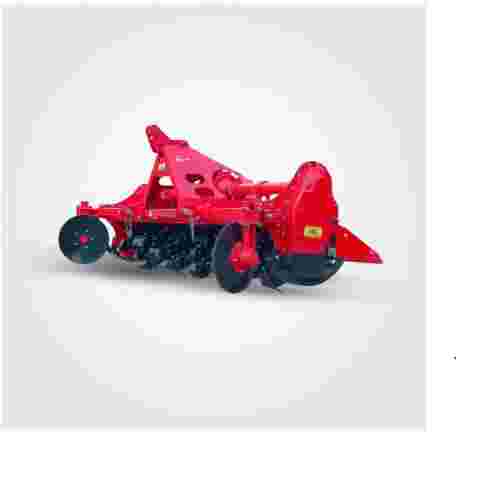Introduction to Rotavators
A rotavator, a powerful tractor-mounted implement, revolutionizes soil preparation for farming. Designed to break up, churn, and aerate soil, it creates an ideal seedbed for crops like wheat, maize, or vegetables. By streamlining tillage, rotavators enhance efficiency, making them a staple in modern agriculture.
Operational Mechanism
Attached to a tractor’s power take-off (PTO), a rotavator features rotating blades or tines that dig into the soil. These blades pulverize clods, mix organic matter, and level the ground in a single pass. Adjustable depth and speed settings allow farmers to tailor operations to specific crops or soil types, ensuring optimal results.
Versatility and Benefits
Rotavators are highly versatile, suitable for both primary and secondary tillage. They work effectively in various soil conditions, from sandy to clay-heavy fields. By incorporating crop residue and organic matter, they improve soil fertility and structure. This reduces the need for multiple implements, saving time, fuel, and labor costs. Additionally, rotavators help control weeds by uprooting them during tillage.
Challenges to Consider
While rotavators are efficient, their initial cost and maintenance can strain small-scale farmers. Overuse may lead to soil compaction in some conditions, requiring careful management. Proper tractor compatibility and operator skill are also critical for maximizing performance.
Conclusion
Rotavators are indispensable for modern farming, offering a fast, efficient solution for soil preparation. By enhancing productivity and soil health, they empower farmers to meet global food demands sustainably.




